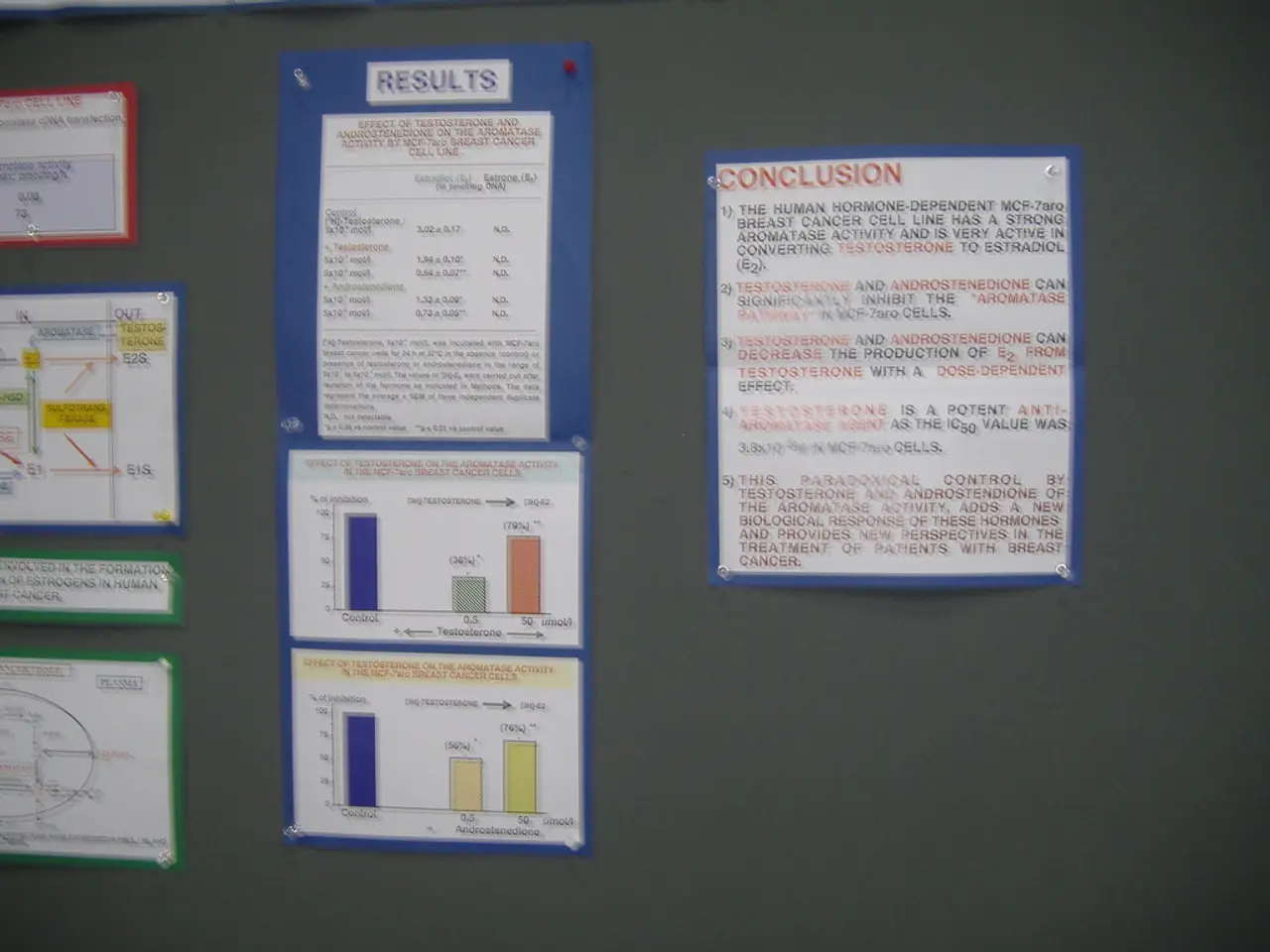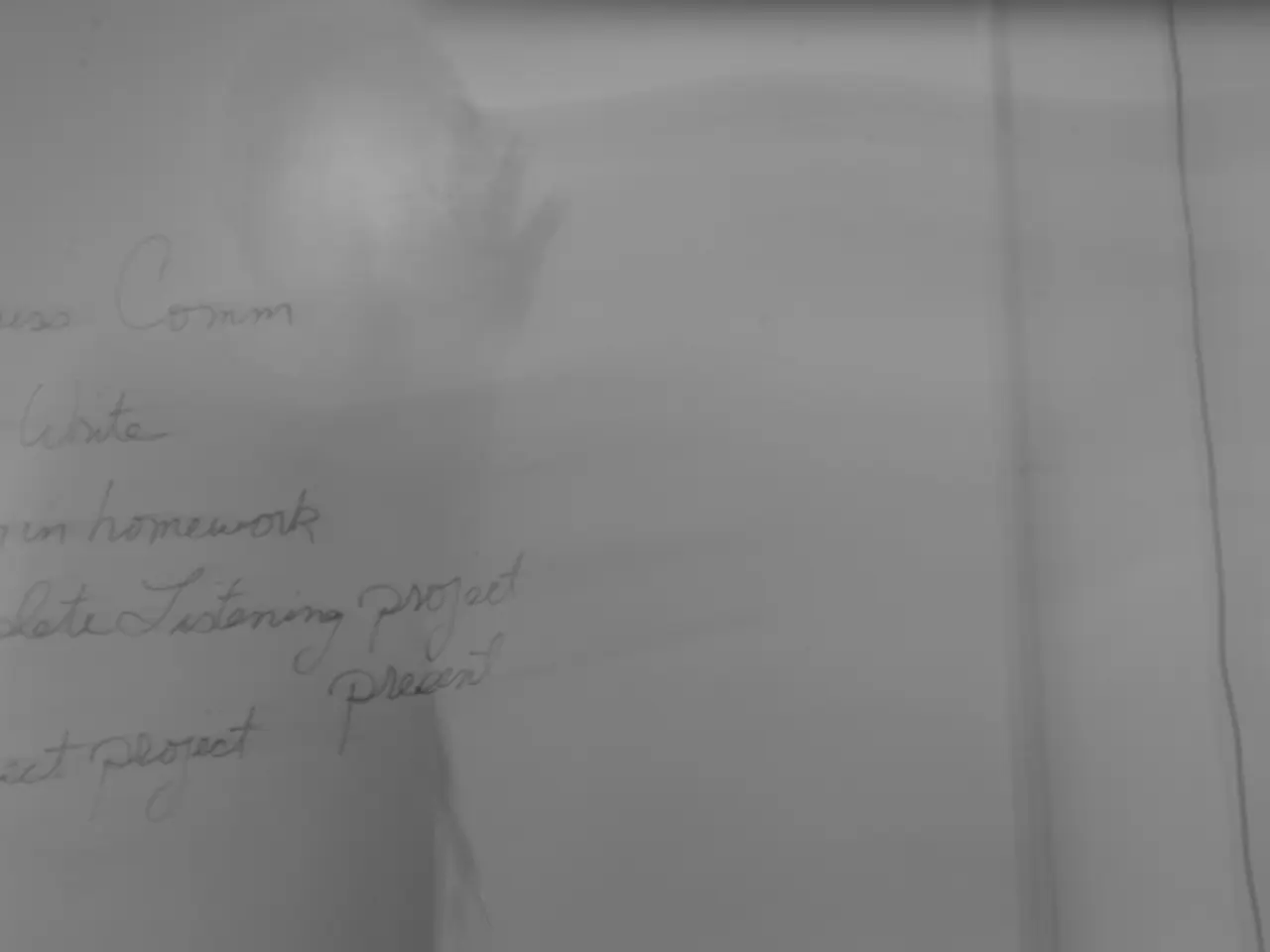Streamlined Procedure for Employee Departure: An All-Encompassing Guide, Including a Handy Checklist
Effective employee offboarding is crucial for maintaining operational continuity and minimizing disruptions to the workflow. Here's a guide on the key elements for an efficient offboarding process and checklist, ensuring compliance, smooth transitions, and knowledge retention.
Key Elements for HR
- Prepare necessary documentation: termination letters, resignation forms, contracts, and legal compliance paperwork.
- Plan and conduct exit interviews to gather feedback for organizational improvement.
- Coordinate return of company assets such as laptops, ID cards, and keys.
- Update internal documents and HR systems, including payroll and social benefits processing.
- Ensure legal and policy compliance throughout the process.
Key Elements for Managers
- Organize knowledge transfer and handover of responsibilities to maintain workflow continuity.
- Communicate the employee’s departure to the team and involved stakeholders transparently.
- Plan redistribution or replacement of responsibilities and support the departing employee.
- Hold informal farewell meetings to address concerns and promote positive closure.
Key Elements for the Departing Employee
- Return all company property timely.
- Complete outstanding work or projects as agreed.
- Participate in knowledge transfer sessions to ensure operational continuity.
- Provide honest feedback in exit interviews.
- Confirm contact details for future communication or references.
Additional Best Practices
- Acknowledge resignation clearly and respectfully, setting a positive tone.
- Communicate the final day and offboarding plan early to avoid uncertainty and rumors.
- Update organizational charts, directories, and company information to reflect staff changes promptly.
- Customize offboarding checklists to the specifics of the company and role while grouping tasks by priority and phase for clarity.
This structured approach helps protect the company legally, facilitates smooth transitions, supports positive employee relations, and can provide valuable organizational insights through exit interviews. By ensuring a smooth and professional offboarding process, companies can leave a lasting positive impression on departing employees, contributing to a positive work environment.
Offboarding can bolster future talent recruitment and even turn former employees into brand advocates or potential rehires. Streamlining the offboarding process with digital tools and integrations can further enhance the efficiency of the process. Automation using HR management tools can handle documentation, system access removal, and final payments, making the process smoother for both the company and the departing employee.
[1]: [Source 1] [2]: [Source 2] [3]: [Source 3] [4]: [Source 4] [5]: [Source 5]
- In the realm of project management, offboarding can help ensure that departing employees transfer essential knowledge about ongoing projects, contributing to smooth task continuation and project success.
- For individuals considering finance or business-oriented careers, a well-executed offboarding process can create valuable opportunities for gaining references, enhancing professional networks, and even pursuing future job opportunities within the company.




